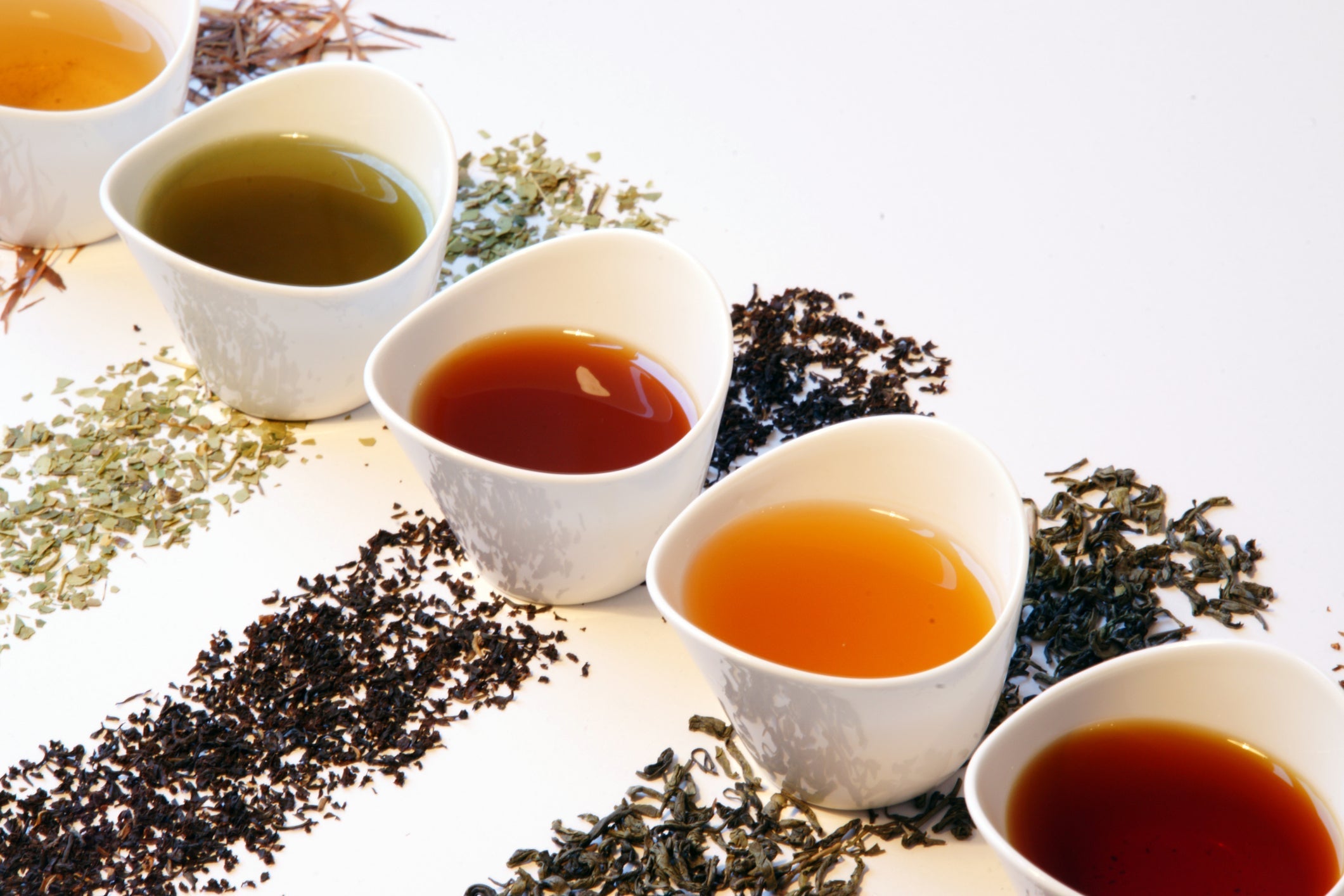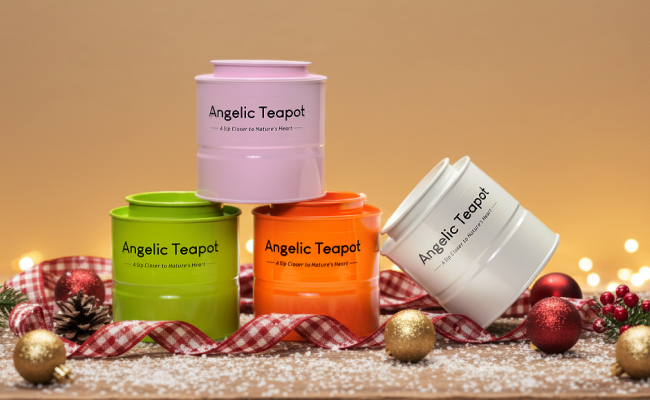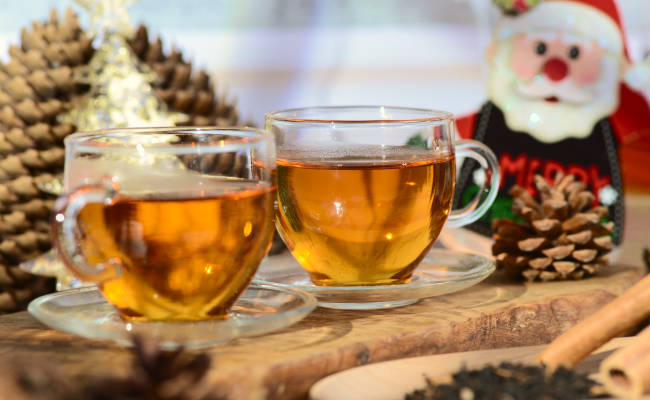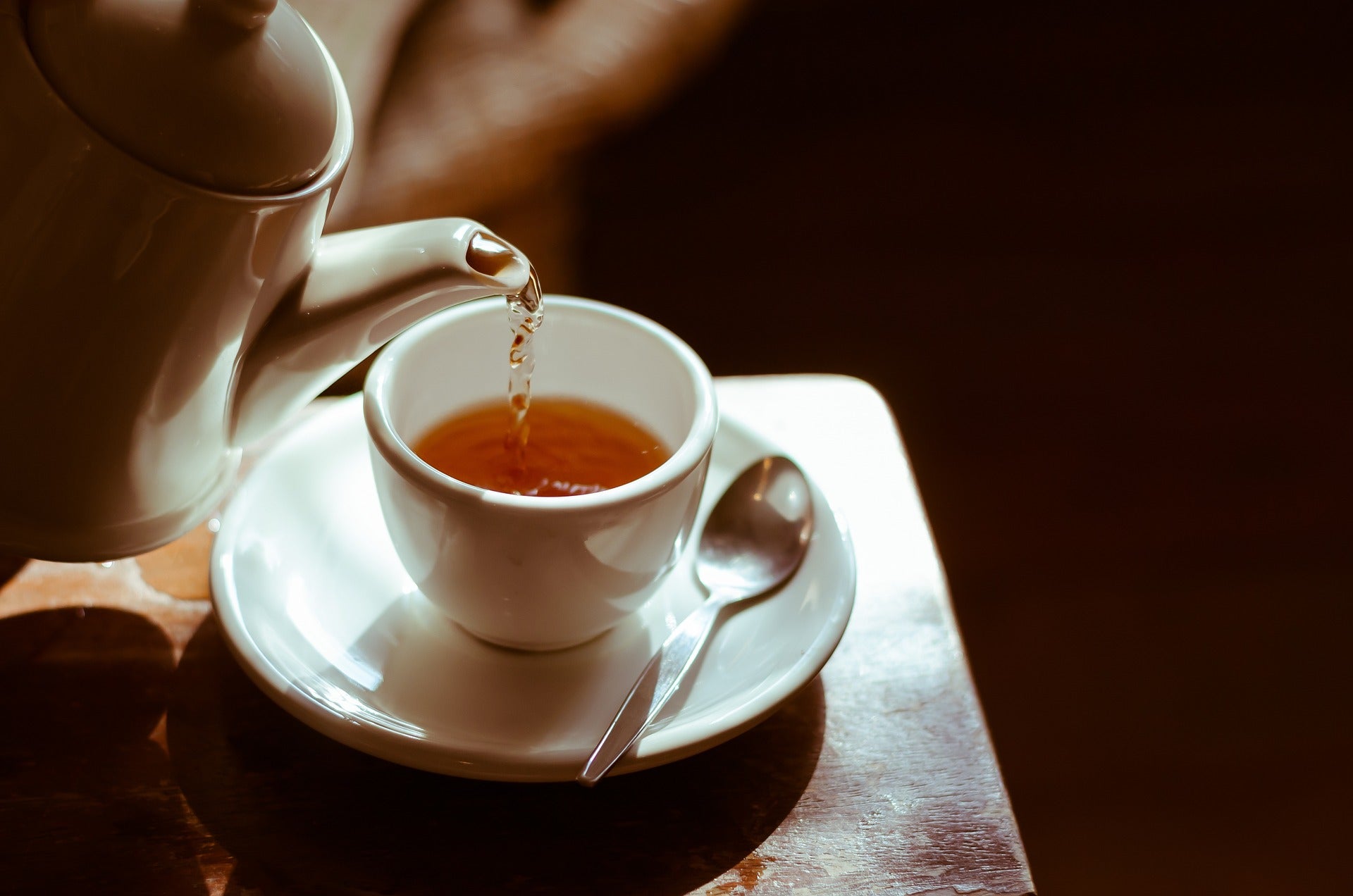
How We Taste and Evaluate Tea at Angelica Teapot
At Angelica Teapot, every blend that reaches your cup goes through a thoughtful, hands-on tasting process. It’s not just about quality control — it’s about connecting with the tea itself.
We see tea evaluation as both a science and an art, guided by care, curiosity, and deep respect for tradition. Here’s a behind-the-scenes look at how we evaluate flavour, aroma, and character to make sure every tea we share brings warmth and balance to your day.
Evaluation Criteria
We evaluate 3 main aspects:
- Appearance – including the shape and colour of the dry leaves.
- Tea Liquor Quality – including colour, aroma, and taste.
- Infused Leaf (Leaf Base) – including texture, color, and uniformity after brewing.
Specific evaluation standards may vary depending on the type of tea being assessed.
How We Evaluate Tea
Step 1 - Observe the Leaves
We begin with quiet observation. Before any water touches the tea, we look closely at the dry leaves, noting three details:
- Uniformity of shape and colour
- Wholeness (how intact the leaves are)
- Cleanliness (free from dust or broken fragments)
Uniform, whole leaves usually indicate careful hand-picking and skilled processing. At this stage, we rely on sight alone — dry leaves don’t yet release much fragrance, but their appearance already tells a story of craftsmanship.
Step 2: Brew the Tea
Next, we bring the leaves to life. We measure 2–3 grams of tea (about one teaspoon) into a small tasting cup and pour in 150 ml of freshly boiled water. This 2% tea-to-water ratio allows the flavour to develop naturally and reveal the tea’s true character.
The cup is covered and left to steep for 5–6 minutes. Once ready, the tea is poured into a tasting bowl for evaluation, while the wet leaves stay behind for aroma inspection.
Step 3 Access the Tea Soup
When we first look at the brewed tea, we assess its chroma, clearness, and luminosity.
- Vibrant, luminous colour means the tea reflects more light — a sign of richness and depth.
- Clarity indicates purity and quality — the clearer the tea liquor, the more precise the processing.
Colour expectations vary by tea type:
- A green tea should appear clear and fresh green (a hint of yellow is natural in hand-fired varieties).
-
A black tea will have warm amber or reddish tones, signalling body and sweetness.
Step 4 Appreciate the Aroma
One of our favourite parts of the process — the aroma test.
We start by gently inhaling the steam rising from the cup, then smell the empty vessel to sense what lingers behind.
In this step, we look for:
- Notes — floral, fruity, toasty, or earthy depending on the tea.
- Body of the aroma — how it feels when we breathe it in: soft, rich, or vibrant.
- Lingering scent — good-quality teas leave a delicate fragrance in both the cup and the air.
This is where personality shines through — every tea has its own presence, and the aroma often tells us what kind of experience to expect from the taste.
Step 5: Tasting the Tea
Now for the most rewarding part — tasting.
We sip slowly, letting the tea roll across the palate.
A well-made tea feels smooth, lively, and layered — never flat or harsh. We take note of its sweetness, strength, and the gentle astringency that gives structure and brightness to the flavour.
The best teas leave a clean, refreshing finish — the kind that makes you pause, exhale, and reach for another sip.
Step 6: Evaluating the Infused Leaves
Finally, we turn our attention to the infused leaves, or leaf base.
Here we look for:
- Colour – bright and even hues that match the tea’s style.
- Tenderness – soft, supple leaves usually mean careful picking.
-
Uniformity – consistency across the leaves shows expert craftsmanship.
We sometimes gently press the leaves between our fingers to assess texture and resilience. Different teas have different standards — for example, tender spring greens should look vibrant and delicate, while oxidized black teas appear rich and coppery.
What Quality Means to Us
For us, quality isn’t about perfection — it’s about authenticity.





